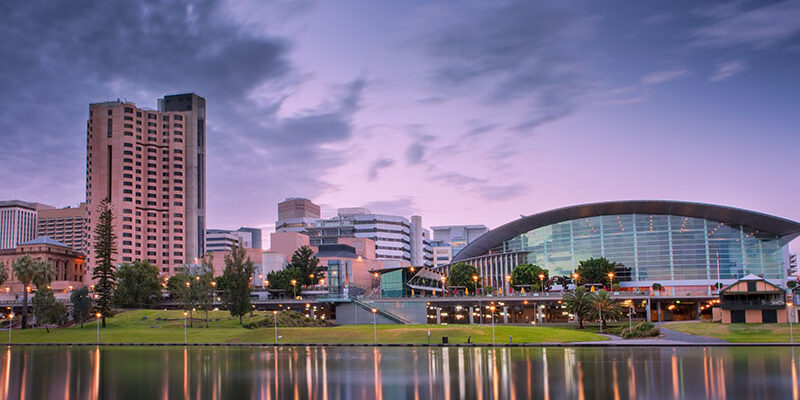Welcome to 2021! Perhaps the start of something new or maybe more of the same, only time will tell.
The question that has been asked most of late by homeowners & investors is what does 2021 have in store for home values? We know that the end of 2020 saw a resurgent property market with “lesser-known” real estate markets such as Adelaide and Darwin leading the way into the new year. There was also exceptional growth in many regional areas (up 6.9% on the 12 months to December 2020).
As we closed out 2020 home values nationally increased by 2.3% in the December Qtr. Darwin lead the way with a 5.5% growth in the December Qtr followed by Adelaide with 3.6%. Sydney and Melbourne languished with 1.3% and 1.5% respectively.
More importantly in the 12 months leading up to December 2020 cities such as Darwin, Canberra, Hobart and Adelaide performed the best, with Adelaide seeing growth of 5.9% and the star performer was Darwin with 9%.
Sydney still has the highest median house value at $1,015,354 while Adelaide now has a median house value of $504,829. Adelaide dwelling values are at a record high!
The cumulative change in capital city dwelling values indicted that only Sydney and Melbourne have lower values in December 2020 than they did at the onset of COVID in March 2020. All other markets pulled through COVID with growth.
So why did most markets grow amidst the uncertainty of COVID? Well, the answer is simple – the availability of homes for sale fell while demand remained and, in some areas, increased. The COVID outbreak meant that many home sellers delayed placing their home for sale. Buyers who demonstrated financial security during COVID where incentivised by low interest rates to buy and in the end demand simply outstripped supply, which in turn placed an upward pressure on prices.
Home price appreciation should remain in 2021 as this imbalance of more buyers than sellers remain. If supply remains low, prices will continue to increase. However, there is always a rub. As the vaccine rolls out across the globe and home sellers perceive that the health crisis is coming to an end, they may wish to place their homes on the market. This will be coupled with homeowners impacted financially by the pandemic possibly being be forced to sell as outstanding balances become due.
The continued rise in home prices increases down-payment requirements and exacerbates the housing market’s affordability issues. This leaves lower-income families in rentals priced-out of the home-purchase market. What this means is that there is also pressures on rental stock. We experienced this firsthand over the Christmas and New Year break. We showed 16 properties over the three days between Christmas and New Year and greeted 187 groups of people, took 64 applications and leased 8 properties! In 2020 Adelaide experienced a 3.2% increase in rental rates and suburb vacancy rates are some of the lowest we have seen, sub 1%! SQM Research – Property – Residential Vacancy Rates – Adelaide
Bottom Line
Owner occupiers led a recovery in housing finance over the year, aided by rapid growth in the first home buyer segment and low interest rates. There’s still a very limited number of homes for sale and a great number of purchasers looking to buy them. As a result, the concept of “supply and demand” mandates that home values will continue to appreciate in the short to medium term.
CoreLogic – Housing Update – PowerPoint Presentation (corelogic.com.au)
Thank you for your ongoing support!
Regards David, Benjamin & the Team at DB Philpott Real Estate




